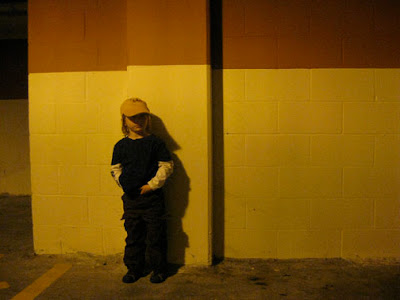Quality of Light
Make the quality of light the subject of your photographs. Look for patterns of light and situations where you are more aware of the light than the actual object or scene.
Remember that the presence of strong light often means that there will be heavy or strong shadows. Experiment with at least 10 – 15 frames making images where you are not sure if the photograph will emphasize the shadows or the light casting the shadows.
Make sure to Bracket!!!
Do not use flash or strobe for this assignment!
Use only ambient/available light (this includes sun, lamps, overhead lights, etc..)
Some lighting conditions to consider:
hard light with distinct shadows
 soft – subtle, diffused light
soft – subtle, diffused light


 artificial: florescent and mercury vapor light
artificial: florescent and mercury vapor light
 soft – subtle, diffused light
soft – subtle, diffused light The color, direction, quantity, and quality of the light you use determines how your subjects appear. When shooting outdoors, the direction of light changes as the sun moves across the sky. The shape and direction of shadows are altered. Direction of sunlight greatly affect the appearance of a scene. The quality of sunlight depends on its strength and position. Strong, direct sunlight is "hard" because it produces dark, well-defined shadows and brilliant highlights. Sunlight is hardest on clear summer days at noon. Sunlight can be diffused by clouds, fog, haze, mist, or pollution in the air. This diffused light is softer; it produces gentle, soft shadows and dull highlights. Interesting effects can be achieved by changing the angle of the light. As you turn your subject, change the camera viewpoint, or wait for the sun to move, the light falls more on one side, and more shadows are cast on the opposite side of the subject.
more information on quality of light:
http://www.ted.photographer.org.uk/photoscience_lighting.htm
http://pages.cthome.net/rwinkler/light.htm






No comments:
Post a Comment